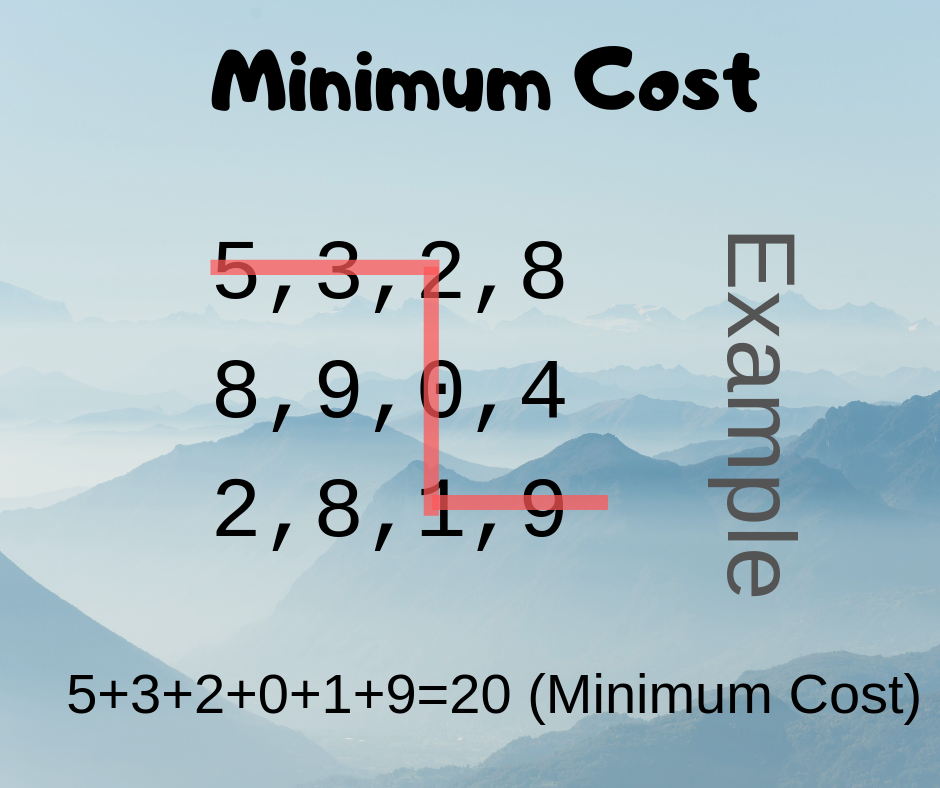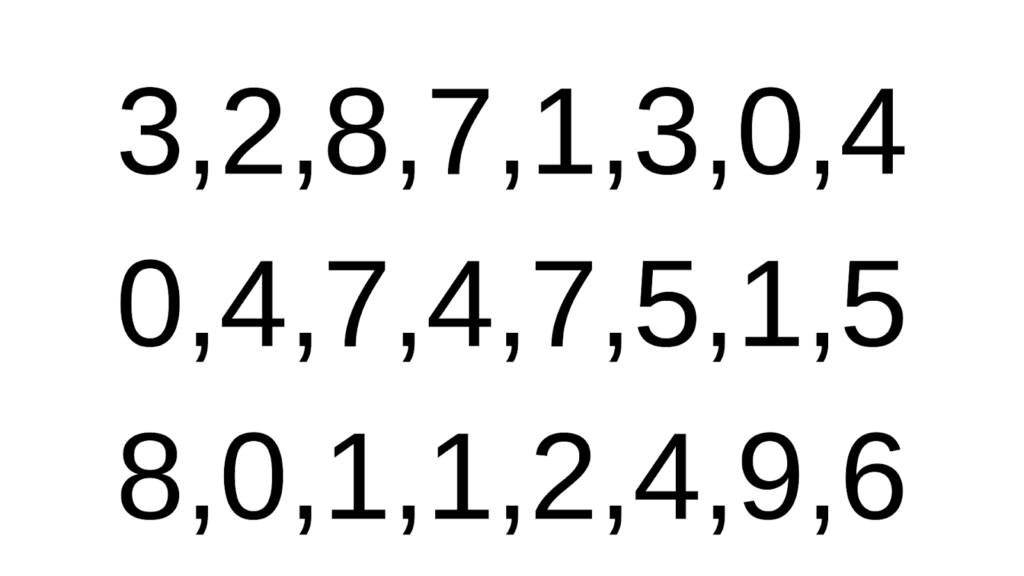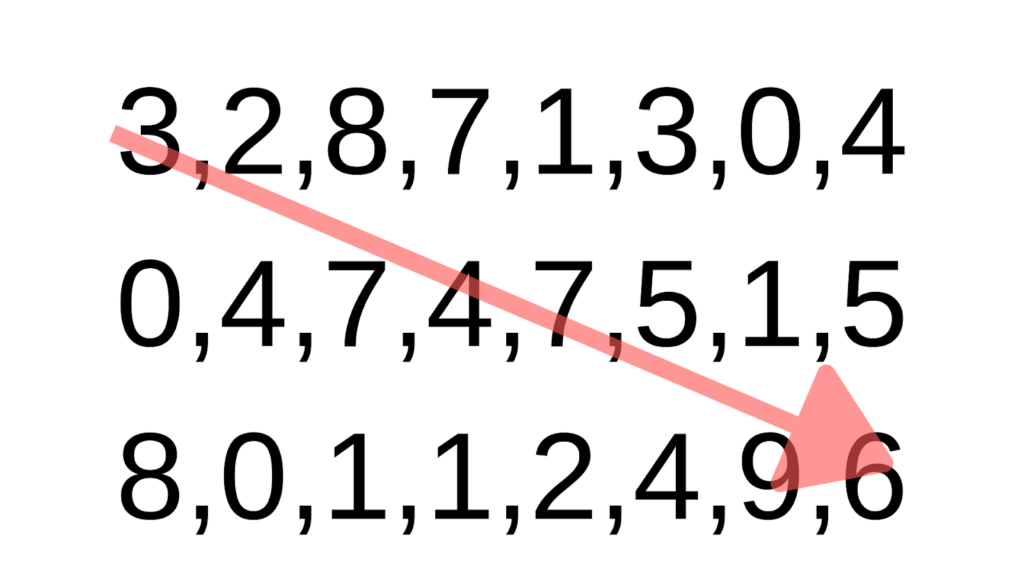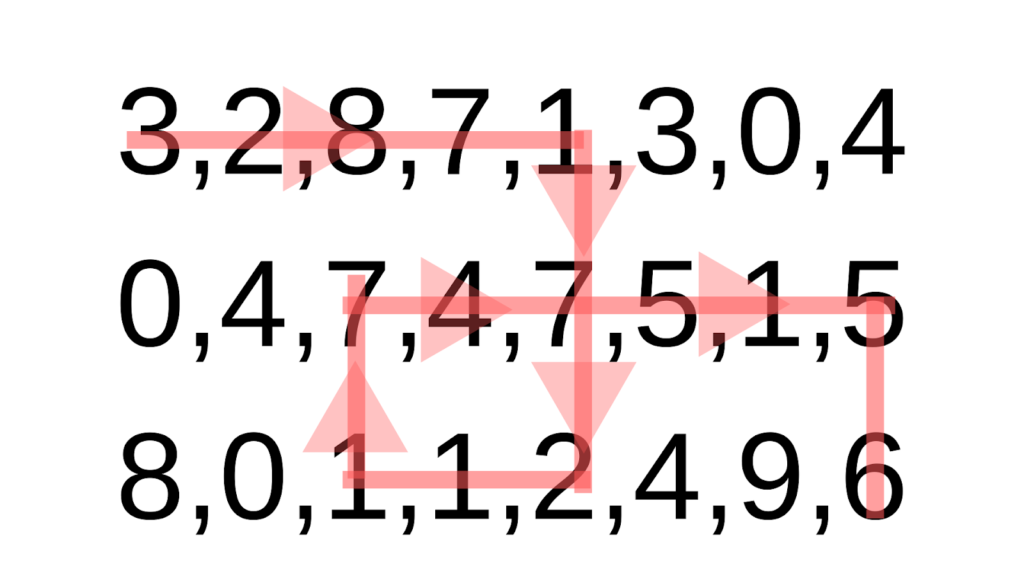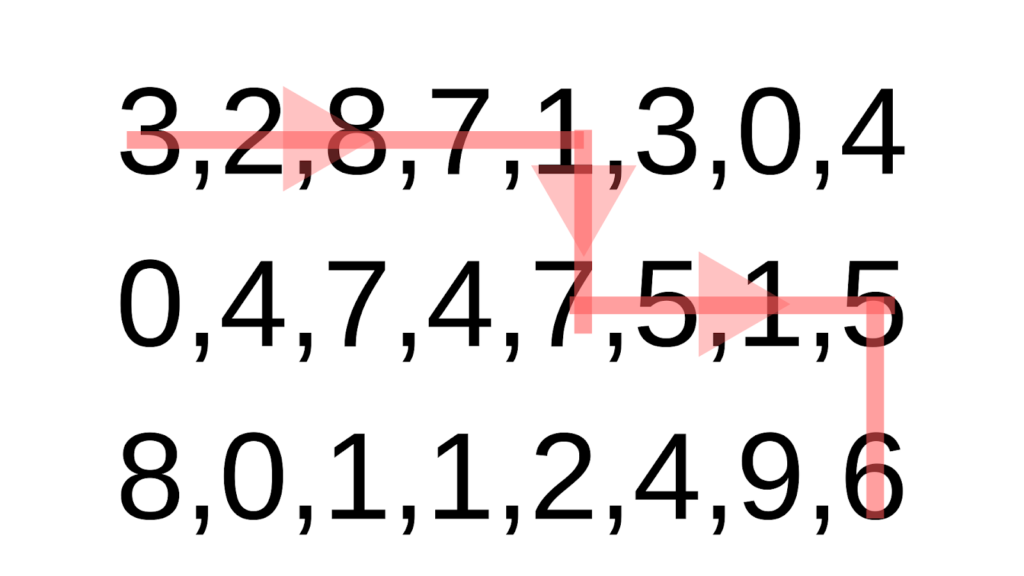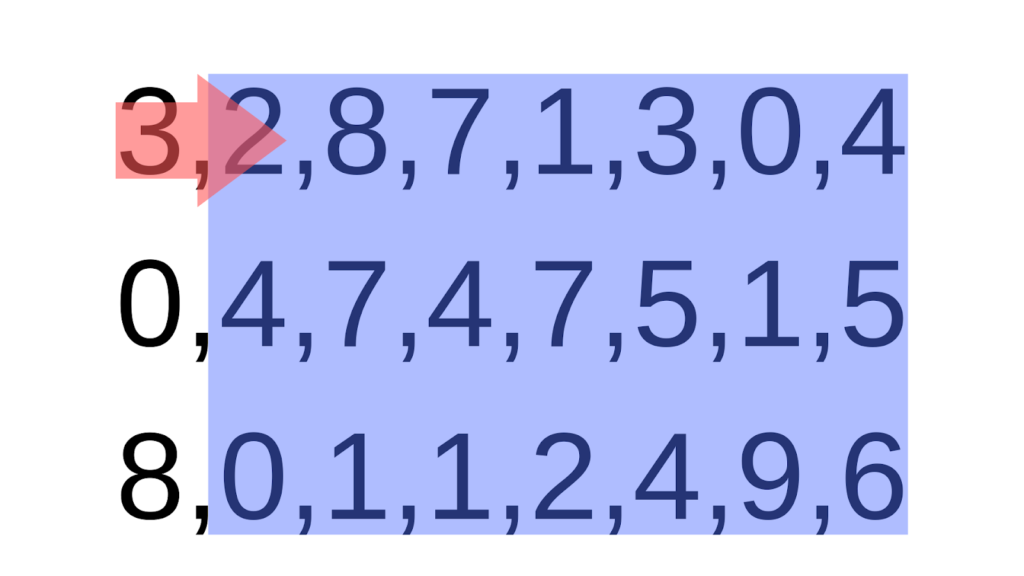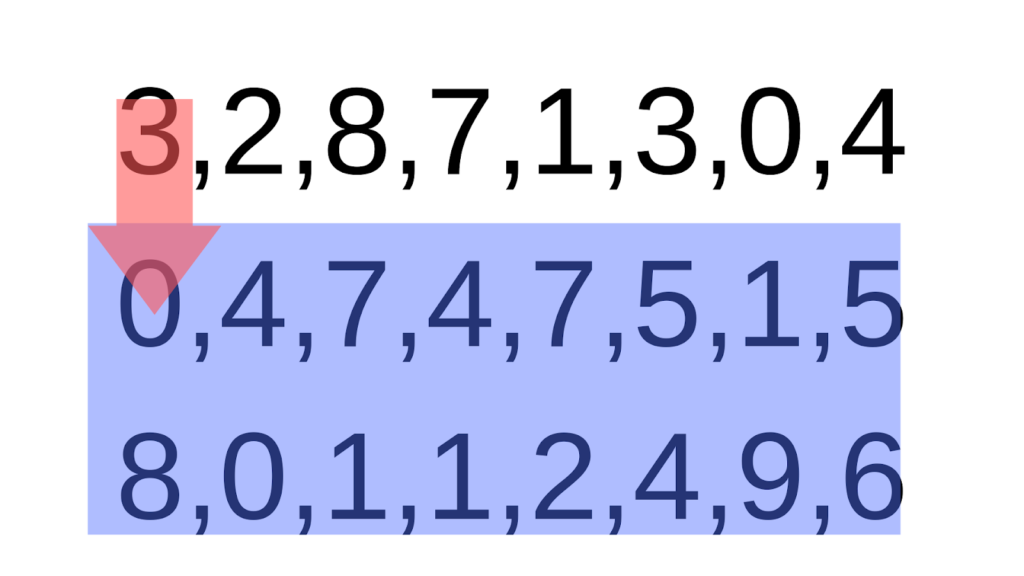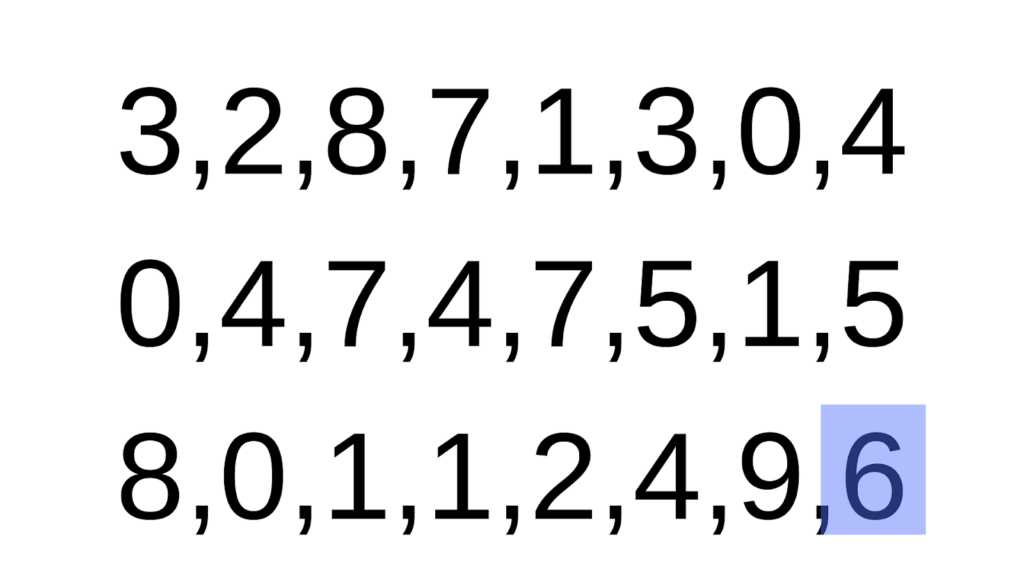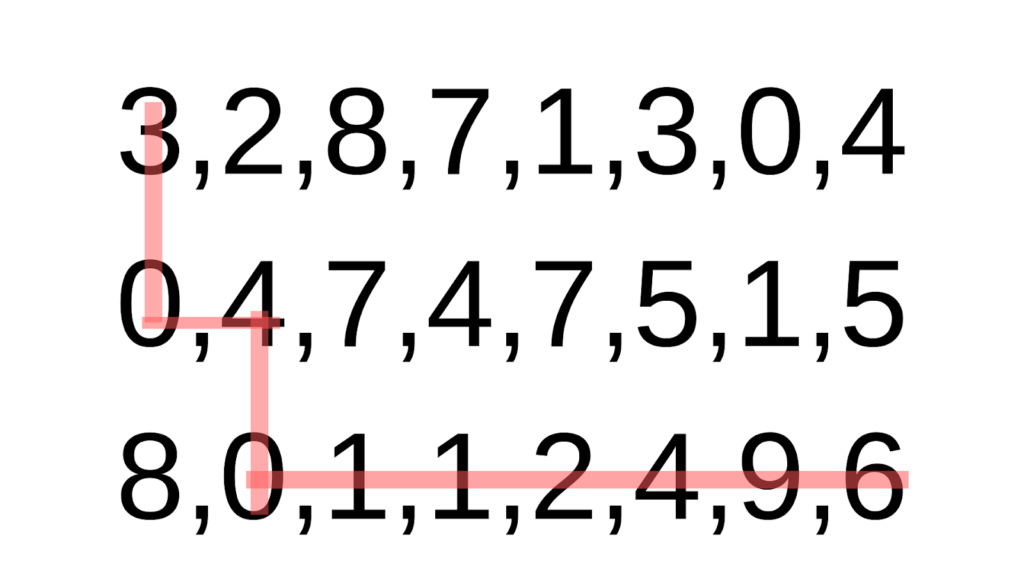Problem
You are given a matrix of size m by n. You have to travel from the corner (0,0) to (m-1,n-1) of the matrix. Each entry of the matrix represents the cost to step on it. You are required to find the minimum possible cost to complete the journey.
Example
Code
*
* @author UmerSoftwares
*/
import java.util.Scanner;
public class MinimumCost {
public static void main(String[] args) {
Scanner in=new Scanner(System.in);
System.out.print(“Enter the width of the array: “);
int w=in.nextInt();
System.out.print(“Enter the height of the array: “);
int h=in.nextInt();
int[][] arr=new int[h][w];
for (int i=0;i<h;i++){
System.out.println(“Enter line number “+(i+1)+” separated by spaces”);
for (int j=0;j<w;j++){
arr[i][j]=in.nextInt();
}
}
int result=lessCost(arr,0,0);
System.out.println(“Result: “+result);
}
public static int lessCost(int[][] arr,int x,int y){
int width=arr.length;
int height=arr[0].length;
int less=Integer.MAX_VALUE;
if (x==width-1 && y==height-1){
return arr[width-1][height-1];
}else{
if ((!(x==width-1))&& (!(y==height-1))){
int try1=lessCost(arr,x+1,y);
int try2=lessCost(arr,x,y+1);
if (try1<less){
less=try1;
}
if (try2<less){
less=try2;
}
}
if (x==width-1){
int try1=lessCost(arr,x,y+1);
if (try1<less){
less=try1;
}
}
if (y==height-1){
int try1=lessCost(arr,x+1,y);
if (try1<less){
less=try1;
}
}
}
return less+arr[x][y];
}
}
Explanation
Let’s consider we have the following matrix
We have to move from the top left corner of this matrix to the bottom right corner.
We will not move up and left
In our journey, we will never move up and left because it will simply add to our cost and we will not be able to find the minimum cost. Let’s consider the following path which includes upward and left movement:
We can surely reduce the cost by elimination the upward and left movements. This is common sense
